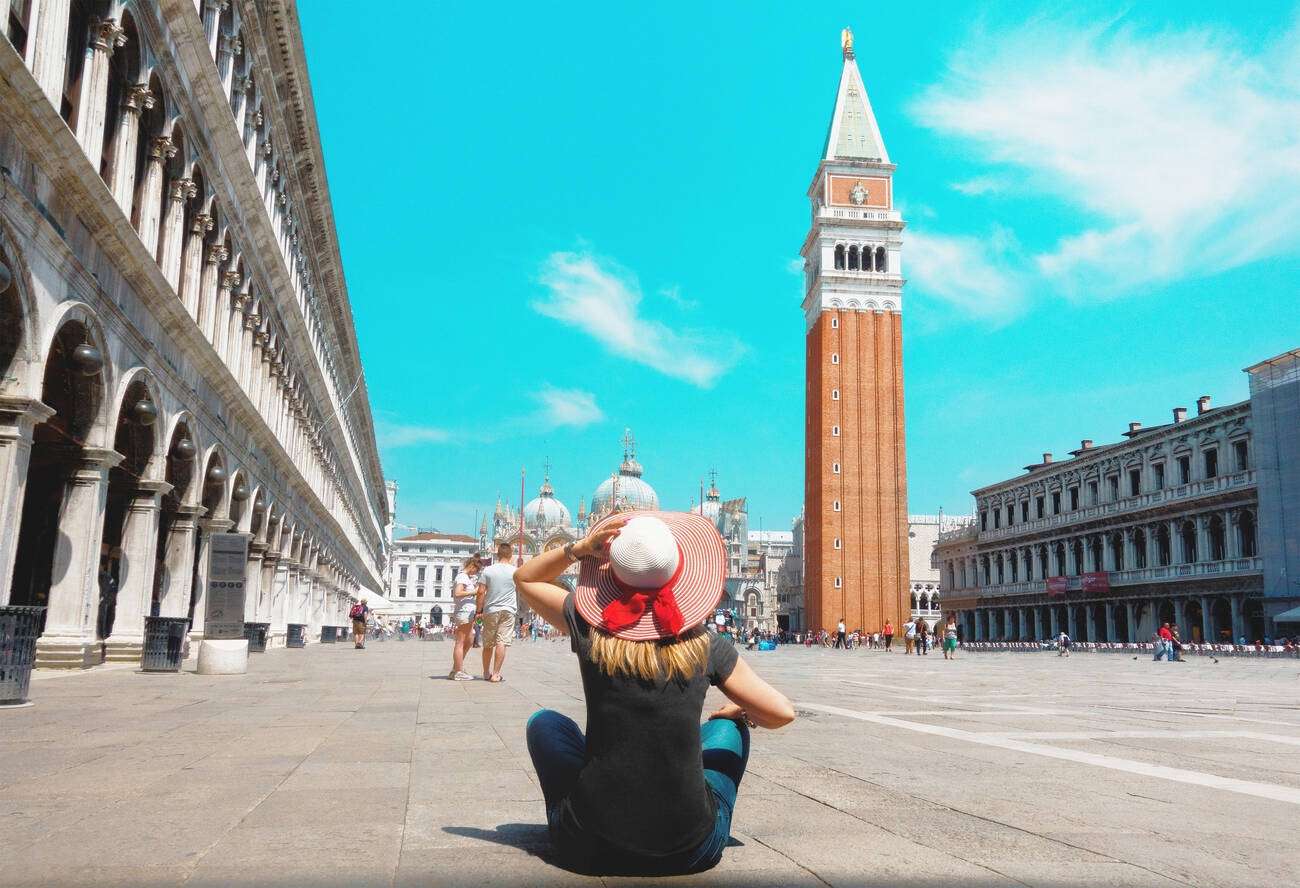Verona
About Verona
This historic city, established in the first century, has a rich past, culture, and architecture that has shaped beautifully over 2000 years. This UNESCO protected city, one of the most charming places to see in Italy, and its architecture was destroyed and revived during World War II, but it still stands proud in all its splendour. Verona lies encircled by River Adige at the foothills of the Lessini Mountains.
Verona’s striking beauty lies in the magnificence of its architecture laid out on its cobbled streets, views of the blue-green waters of the Adige River, and winding streets and their buildings with flower-laden windows. A storybook-like atmosphere awaits people in this city that inspired Shakespeare to write about the love story of Romeo & Juliet. While looking at the historical bridges and houses, one is immediately transported to the idyllic Romanesque times.
One of the most famous attractions here is the first-century Arena di Verona. This spectacular pink and white stone structure, next only to the Colosseum, used to have numerous tunnels and was the site of gladiator games and concerts. Another great attraction is the Casa di Giulietta or Juliet’s House, the most famous Shakespeare character, the famous (but supposed) balcony, and Juliet’s statue. The magnificent marble structure of the 11th-century Torre dei Lamberti, its huge arches, clockface, and domes are a must-see.
One of the best things to do here is to spend serene time at the Verona Cathedral and soak in the grandeur of its beautiful stained glass windows, ornate walls, marble columns, and Renaissance-era frescos. Don’t miss to try the delicious risottos, rich stews, and Pastissada de Caval, a delicacy that dates back to the 5th-century. Another great activity is to take a boating trip across the beautiful Lake Garda and see the charming medieval-era towns like Sermione and Bardolino.
Winter months in Verona are extremely cold with the temperature plummeting to 6°C. Summer months of March-May are fairly hot with temperatures rising to 30°C. The place receives heavy rainfall in the autumn months of September-November.
Verona Packages
Verona FAQ's
What are the best things to do in Verona?
2. Climb Torre dei Lamberti: Enjoy the panoramic view of Verona and nearby mountains from the top of Torre dei Lamberti Tower. You will see two bells, Rengo and Marangona, used in ancient times to alert people. Reach halfway through the tower via a lift, and then take a walk to get to the top and see the even more impressive view at night.
3. Visit Ponte Pietra: Headout to Ponte Pietra Bridge, where you will see a marvellous view of the Adige River, Castel San Pietro, the Roman Theater and the hills to the north. Here you will be able to witness the five-arch bridge, which was rebuilt by the Romans after several destructions in history.
4. Stroll around Giardino Giusti: Giardino Giusti Gardens in Verona, a hidden little gem, are a perfect blend of nature, art and history altogether. Walk along the historical elite aesthetics created in Renaissance layout by low hedges, cypress trees, fountains and grottoes at this wool-dyeing factory turned into beautiful gardens.
What's Verona famous for?
Is Verona worth visiting?
How much time do you need in Verona?
What's the best time to go to Verona?
Is Verona a romantic city?
How to reach Verona?
How is the weather in Verona?
What should you pack on your trip to Verona?
What are the top attractions to visit in Verona?
2. Casa di Giulietta: Juliet's house, or Casa di Giuletta, is a notable landmark in Piazza Delle Erbe. With a perfect blend of legend and reality, this romantic pilgrimage features the famous Juliet's balcony from the play and a bronze statue of her in the courtyard made by Italian sculptor Nereo Costantini.
3. Basilica of San Zeno Maggiore: It is one of Italy's most important Romanesque churches with bronze doors and a beautiful Cloister. There is a separate bell tower which you can admire for its intricate design. You can spend an hour at this place away from the crowd of central Verona.
4. Arche Scaligere (Scaligeri Tombs): Famous for its elaborate decorations, Arche Scaligere is a Gothic monument outside Santa Maria Antica church. You will see the Arche or the tomb with religious motifs. At the same time, a statue of Mastino II lies on the lid, watched over by two angels.
